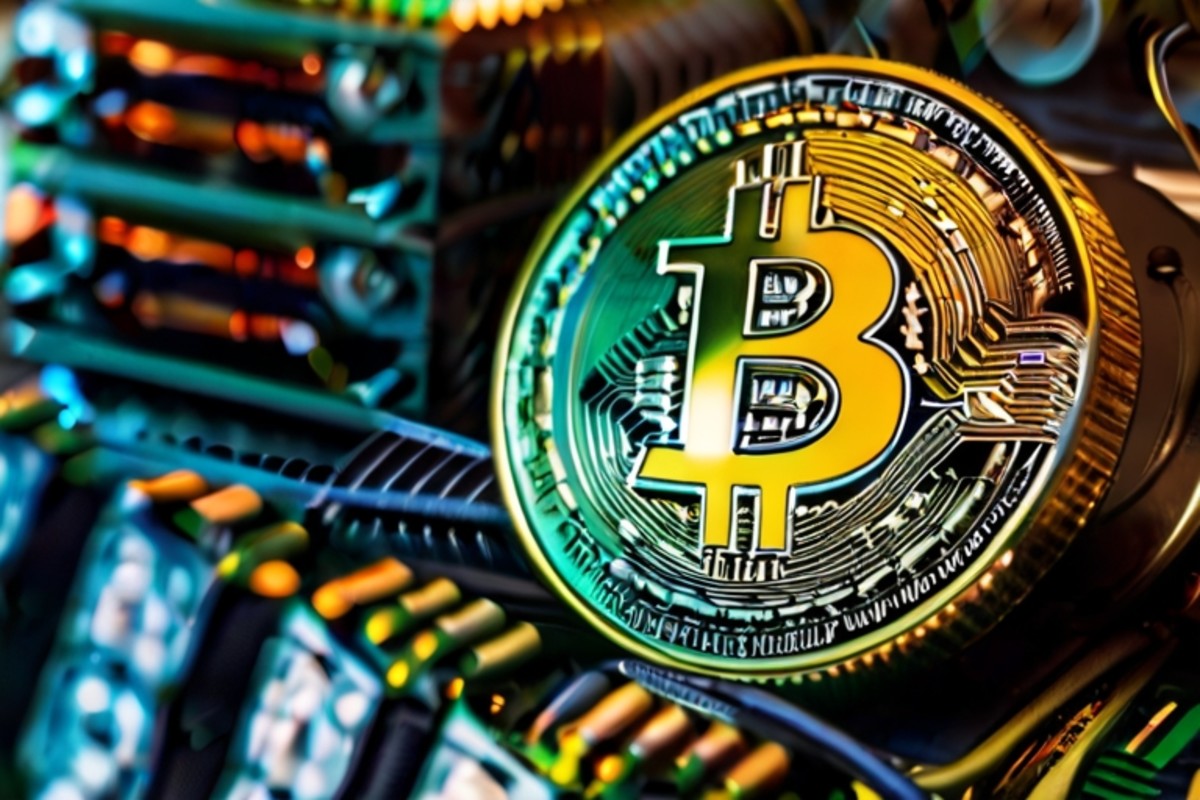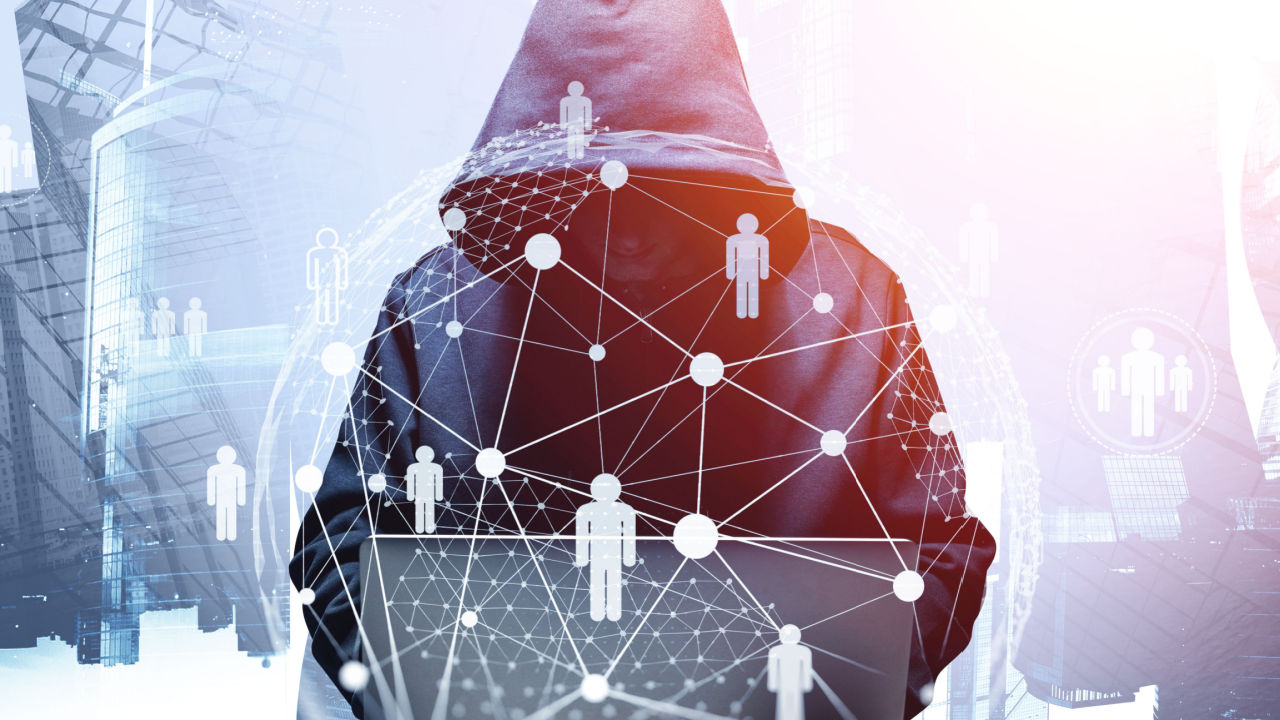As the world of cryptocurrency continues to evolve, the need for secure and reliable systems to manage these digital assets is more critical than ever. One of the leading voices in this field is Billy Mullins, a renowned expert in blockchain technology and decentralization. In this exclusive interview, we delve into his insights on how decentralization can secure crypto assets.
Understanding Decentralization in the Crypto World
Before we dive into the interview, it’s essential to understand what decentralization means in the context of cryptocurrency. In a decentralized system, no single entity or authority has control over the entire network. Instead, control is distributed among a network of computers, or nodes. This structure is a stark contrast to traditional financial systems, where a central authority, like a bank or government, has control.
Interview with Billy Mullins
We sat down with Billy Mullins to discuss the role of decentralization in securing crypto assets. Mullins, with his extensive experience in the field, provided valuable insights into the current state of cryptocurrency security and the future of decentralization.
Why is Decentralization Important for Crypto Security?
According to Mullins, decentralization is the backbone of crypto security. “In a decentralized system, there’s no central point of failure. This means that even if one node is compromised, the rest of the network remains secure. This is a significant advantage over centralized systems, where a single breach can compromise the entire network,” he explained.
How Does Decentralization Protect Against Fraud?
Mullins highlighted that decentralization also plays a crucial role in preventing fraud. “In a decentralized network, transactions are transparent and can be audited by anyone. This transparency makes it incredibly difficult for fraudulent activity to go unnoticed,” he said.
What are the Challenges of Decentralization?
Despite its advantages, decentralization is not without its challenges. Mullins pointed out that “the biggest challenge is scalability. As the network grows, so does the amount of data each node needs to process. This can slow down transaction times and limit the network’s capacity.”
What is the Future of Decentralization in Crypto Security?
When asked about the future of decentralization, Mullins was optimistic. “I believe we’ll see more and more systems adopting decentralization. It’s the best way to ensure the security and integrity of crypto assets. However, we’ll need to find solutions to the scalability issue to fully realize its potential,” he concluded.
Decentralization in Action: Bitcoin and Ethereum
Two prime examples of decentralization in the crypto world are Bitcoin and Ethereum. These cryptocurrencies operate on decentralized networks where transactions are verified by a community of miners. This structure has proven to be highly secure, with both networks resisting numerous hacking attempts.
-
Bitcoin, the first and most well-known cryptocurrency, operates on a decentralized network known as a blockchain. This network is maintained by miners who verify transactions and add them to the blockchain. Despite handling billions of dollars in transactions, the Bitcoin network has never been successfully hacked.
-
Ethereum, another popular cryptocurrency, also operates on a decentralized network. Ethereum’s network not only handles transactions but also supports smart contracts, which are self-executing contracts with the terms of the agreement directly written into code. This feature adds another layer of security and functionality to the Ethereum network.
Decentralization plays a crucial role in securing crypto assets. As Billy Mullins highlighted in our interview, a decentralized system offers robust protection against breaches and fraud. However, challenges like scalability need to be addressed for decentralization to reach its full potential. With cryptocurrencies like Bitcoin and Ethereum leading the way, the future of decentralization in crypto security looks promising.










